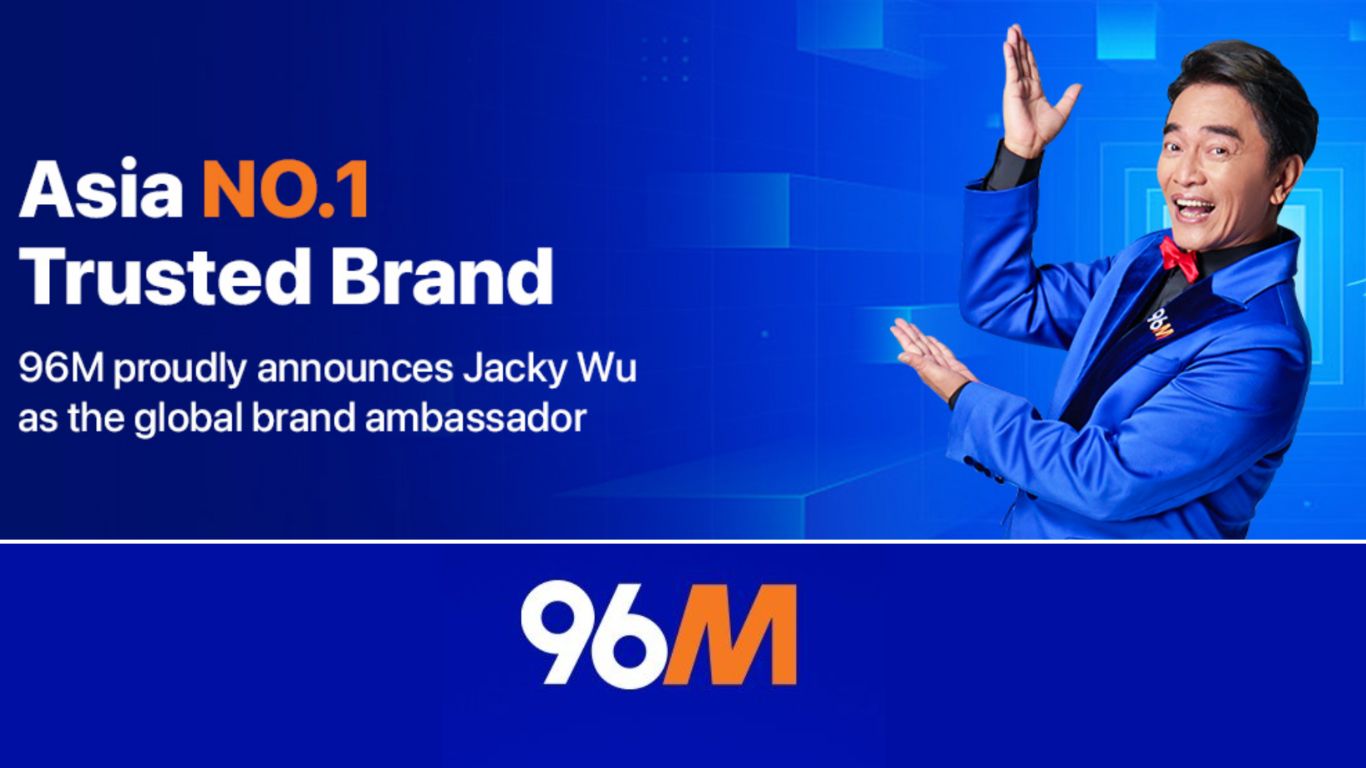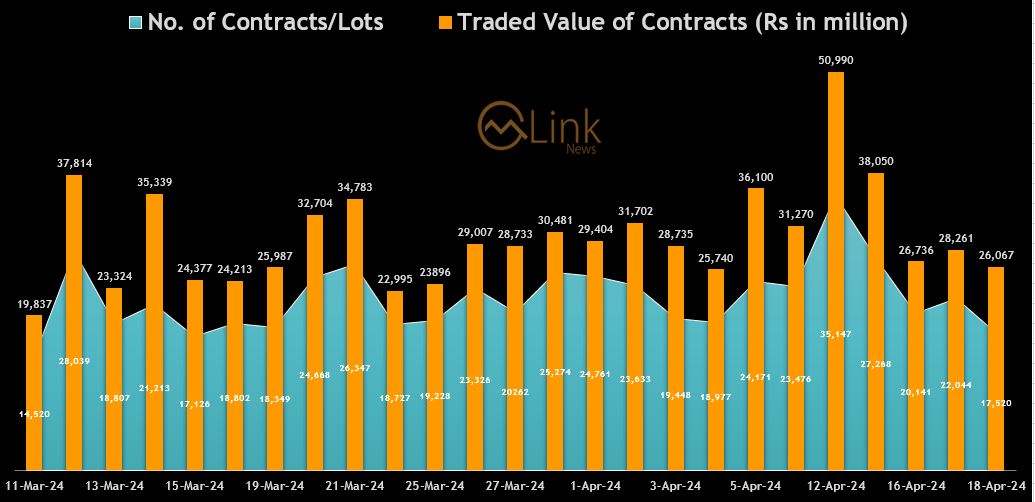In a perfect world, artists wouldn’t have to worry about making money. They would spend their days creating, and cash would simply appear. Last we checked, we don’t live in a perfect world. But print-on-demand services make it a...
In a perfect world, artists wouldn’t have to worry about making money. They would spend their days creating, and cash would simply appear.
Last we checked, we don’t live in a perfect world. But print-on-demand services make it a little bit better by giving creators a way to share their work and let the payments roll in.
How Print-On-Demand Sites Work
You upload an image of your creation. The site walks you through the steps of setting up an online store displaying products printed with your image — depending on the site, you can pick anything from posters to keychains to framed art prints. Customers buy your products. The platform handles manufacturing, shipping, and returns. You get paid.
For Scotland-based freelance illustrator Flora Kirk, who makes bold, colorful illustrations inspired by ancient Mediterranean mythology, these services helped monetize a passion.
“I was creating art anyway, so why not make some profit from my work!” she told The Penny Hoarder. Kirk can sell everything from T-shirts to tapestries with print-on-demand services.
Like many artists selling their work online, Kirk runs multiple online storefronts. Her INPRNT store focuses on art prints while her Redbubble store offers consumer products ranging from totes, T-shirts and ball caps to stickers, face masks and bedspreads.
Selling your work on multiple print-on-demand platforms means you can reach more customers and get more sales. And to boost sales on any platform, you’ll want to market your work like any other business owner. Instagram is your friend!
Of course, print-on-demand companies don’t provide this service out of the goodness of their hearts. They take a cut — in most cases, well over half of the sale price.
That’s why it’s so important to choose the right site (or sites!) to host your work. We made this handy guide to help.
Print-On-Demand Companies
In this guide, we will review these six print-on-demand sites:
Zazzle CafePress Society 6 RedBubble TeePublic INPRNTWhat to Watch Out for When Choosing a Print-On-Demand Site
Your Cut
Your share of the sale price will differ depending on the product being sold and the website that’s helping you sell it.
For instance, a typical poster on Zazzle, RedBubble or one of the many other print-on-demand sites costs $20. But how much of that does the designer actually get?
Depending on the service, your cut of the profits from that poster can be anywhere from 5% to 50%. On a $20 poster, that means you’d get $1 to $10.
And some sites even let you increase your cut, which might sound great at first. Careful, though: a higher mark-up means a higher price, which can result in fewer sales.
Ease of Use
Time is money. If it takes you an hour to upload a design to a platform, it might be worth choosing a different one. You shouldn’t spend more than a few minutes on uploads when you could be marketing your shop!
Competition
The best print-on-Please demand sites host hundreds of thousands of creators — all with online stores competing for customers. Before committing to one site over another, search for work similar to yours to scope out the competition.
Product Range
Some print-on-demand companies, like INPRNT, focus almost exclusively on art prints. Others offer everything from backpacks to whiskey flasks. Why should you care? More products can mean more sales. By selling your design on a range of items, there’s a higher chance a customer will buy something.

The Most Popular Print-On-Demand Websites for Artists
Zazzle, RedBubble, CafePress and Society6 are some of the monster print-on-demand services — they’ve all been around for over a decade. They’re big, popular — and full of competition. Are they a good choice for most creators?
Here’s how the top print-on-demand sites stack up.
Zazzle
Your cut: You choose, but Zazzle recommends 10 to 15%. Ease of use: Clunky uploads and tagging. Competition: Crowded! 80 million products sold per year and 30 million customers. Product range: Wide! More than 1,300 products.Zazzle is one of the most popular print-on-demand sites on the internet. This popularity is a blessing and a curse for creators.
The sheer number of products on Zazzle can make it difficult for beginners to get momentum. Searching “floral art” brings up over 350,000 results — and if you’re not on the first page, it’s hard to make sales.
That said, it’s all about finding your niche. Search “baby bibs” and you’ll get more than 87,000 results. Narrow the search to “daisy baby bibs” and you’ll have just over 300 to choose from.
CafePress
Your cut: 5-10% depending on the product. Ease of use: OK, but limited design features in-app. Competition: Very high. Product range: Over 250 different base products.Similar to Zazzle, CafePress is a massively popular print-on-demand site with a wide range of products you can cover in your designs. There’s good news and bad news about CafePress.
The bad news: CafePress is a very saturated market. The good news: With a little effort, you can stand out from the crowd.
Scroll through CafePress T-shirts and you’ll see hundreds of low-effort designs — “live, laugh, love” in various fonts, references to popular TV shows, etc. That means an artist can stand out with original, high-quality work.
Society6
Your cut: 10% with the option to increase share on art prints. This sounds like a good option but it actually raises the price of the work. Ease of Use: Not great. “Brain-aneurysm inducing,” says one reviewer. Competition: Heavy. Product range: Extensive, with good selection on home goods.Society6 is much like other print-on-demand companies, just a little classier. Like its competitors, Society6 lets creators sell their designs on various products. Unlike them, it prioritizes original art over popular slogans.
“It is a platform very committed to artists,” says Ana Maria Martinez Gomez, the illustrator behind El Buen Limon Atelier. A cursory look at Society6’s homepage shows what she means. There is always a featured artist on the front page. Best-selling items tend to feature intricate illustrations.
If you make visually pleasing work that would look good on a throw pillow, Society6 is the place for you.

Redbubble
Your cut: 17% on average. Ease of use: Smooth upload process. Competition: Over 300,000 designers. Product range: Extensive — aprons, mugs, and planners, to name a few.By Google traffic, Redbubble is the most popular print-on-demand site, period. It is getting more visits from consumers than any of its competitors. That’s a huge bonus for sellers — you want your products in front of eyeballs.
“My main income source is Redbubble,” says Kirk. Even though the company produces dozens of other products, the quality of the art prints is still solid, she explains. “They also ship from all over the world, so no customs fees.”
It’s not all sunshine and daisies, however. While many artists are finding success on Redbubble, its popularity can make it an extremely competitive marketplace.
TeePublic
Your cut: Ranges from 50 cents for a face mask to $7 for a sweatshirt. Ease of use: Simple, fast uploads. Competition: As a newer site, it’s less saturated than old-guard sites. Product range: Focused on apparel, with some additional products.The clunky interfaces and endless product offerings of older print-on-demand services can be overwhelming for a newbie. TeePublic makes it simple by focusing on T-shirts.
The service is an especially good option for cartoonists and graphic artists — bold designs look great on clothing. Your cut is calculated using flat fees rather than percentages.
Interestingly enough, TeePublic is actually owned by Redbubble. That means you get some of the benefits of the larger platform — like good organic search traffic — without some of the drawbacks — an overcrowded market.
INPRNT
Your cut: 30-50% on prints, $5 for iPhone cases. Ease of use: Simple, but slow uploads. Competition: Artists must apply and are selected by a “community of artists,” which keeps the platform from getting too crowded. Product range: Focused on prints with a few additional optionsDoes the idea of putting your art on a bathmat make you cringe? Try INPRNT, the artiste’s print-on-demand service.
Focused on archival-quality prints, INPRNT blows the competition out of the water on artist pay percentage. Kirk’s average profit per print sold on the site is $10.72.
There’s one major catch. There is more consumer demand for home goods, T-shirts, and notebooks than art prints. By limiting customers to just a few items, INPRNT is able to give artists a bigger share, but often fewer sales.
For artists who already have a big following and just want a simple way to ship prints, though, it’s a great option.
Which Print-On-Demand Service Should You Choose?
There are pros and cons to even the best print-on-demand sites. Some pay better, others get more traffic. They’re also free to use. Why not try all of them?
Working artists like Kirk and Gomez use multiple platforms to host their online stores — you can, too.
No matter which platform you try, print on demand is one of the easiest ways to get started making money with art online.
Ciara Ainsley McLaren is a freelance journalist whose work has appeared in The Penny Hoarder, HuffPost, MoneyGeek, and Substack.
This was originally published on The Penny Hoarder, which helps millions of readers worldwide earn and save money by sharing unique job opportunities, personal stories, freebies and more. The Inc. 5000 ranked The Penny Hoarder as the fastest-growing private media company in the U.S. in 2017.
















